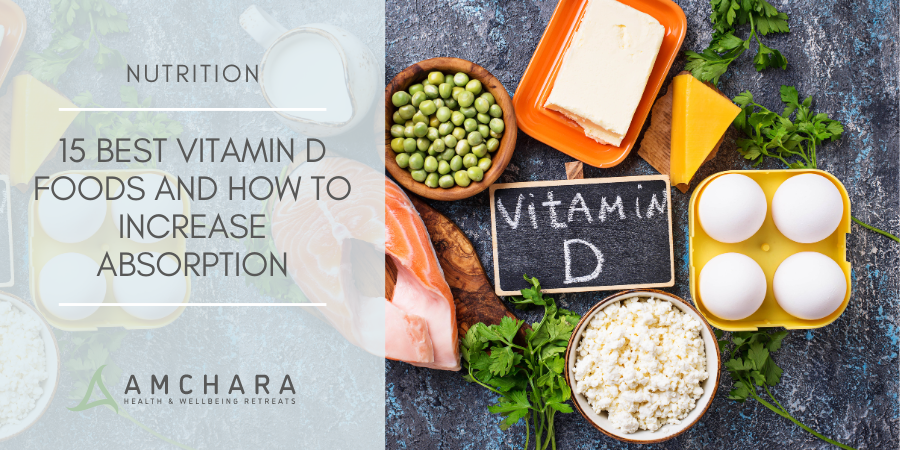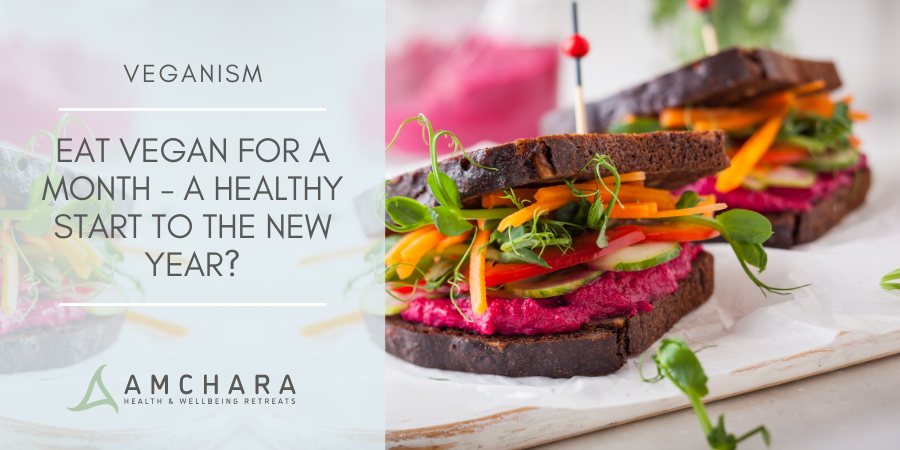One topic regularly in the media is whether we should be eating fewer animal products – it’s becoming increasingly evident that we need to consider the health of the planet.
Meat production contributes to climate change, and to feed an ever growing world population, scientists suggest there is a need to look to reducing animal products in favour of plants as a more sustainable way to feed hungry mouths.
Until recently, plant foods were often considered as an adjunct to meat and pushed to the side of the plate. But in recent years, with advances in science informing us about the benefits of plant nutrients on our own health, plant-based eating has gained prominence.
One area in which plant and animal foods differ is in their effect on inflammation. This is now being recognised as being at the root of almost all chronic disease.
We’re dedicated to providing you with insightful information and evidence-based content, all orientated towards the Personalised Health approach. In this article we’ll examine the link between meat and dairy and inflammation, with a special look at cardiovascular health. We’ll also have a brief look at lab-grown meat.
Introduction to inflammation
The body has developed the process of inflammation to protect it from short-term threats such as injury or infection. Inflammation involves the immune system, and it can be a very useful response. However, if inflammation continues unabated and becomes chronic, it can cause harm to the body – the inflammation that should be working to protect you starts to damage healthy tissues.
Chronic inflammation is a contributing factor to many diseases including cardiovascular disease, Alzheimer’s, and autoimmune issues such as rheumatoid arthritis and lupus.
The types of foods you eat can initiate an inflammatory response, or on the other hand may have an anti-inflammatory effect.
Meat and inflammation
When the body mounts an inflammatory response, a substance called C-reactive protein (CRP) is released. In one study of almost 7000 people, consumption of meat was associated with increased levels of CRP. If the meat was substituted with a different protein, such as fish, CRP was reduced (1).
Meat contains various types of fats, one of which is a pro-inflammatory fatty acid called arachidonic acid (AA).
Another study, this time on rodents, concluded the high content of an amino acid, called methionine, in red meat may be responsible for increasing inflammation and oxidative stress, resulting in damage to cells (2).
Dairy and inflammation
In some studies, dairy consumption was linked to higher levels of inflammatory markers in the blood (3). However, other studies have found dairy to be anti-inflammatory in people who don’t suffer from an intolerance to dairy.
Unfortunately many people suffer from problems digesting dairy, either because their immune system reacts to it or due to an inability to digest lactose, a sugar found in milk.
One long-term study discovered a higher mortality rate in milk-drinkers, and it has been hypothesised this could be connected to another milk sugar called galactose, which is formed in the body when lactose is broken down. In animal studies, galactose has been found to increase inflammation (4).
Meat and cardiovascular health
Heart disease is strongly connected with inflammation.
Your endothelium is the inner lining of your blood vessels. The cells of the endothelium release substances to control vascular contraction and relaxation, as well as how easily the blood clots. If the endothelial function is diminished, the ability of the blood vessels to dilate will be impaired.
Eating certain fats appears to influence this process. Studies have suggested meat consumption causes arteries to constrict following its consumption, raising blood pressure.
Meat is rich in monounsaturated and saturated fats. A recent documentary on the health benefits of vegan eating – ‘The Game Changers’ – featured an experiment to demonstrate the effect of eating meat and plant foods on endothelial function. Essentially, it found more fat in the blood after eating a meat-based burrito, which isn’t surprising.
However, it’s clear that the inclusion of plant-based foods in a balanced diet can support arterial health. One study found eating avocado, rich in mono-unsaturated fatty acids, resulted in less arterial constriction, as well as the release of fewer pro-inflammatory molecules (5). This was only a small sample size, so more research is needed.
All meat is not the same
The problem with many studies on the health effects of meat is they don’t distinguish between red meat, such as lean beef, and processed meat products with added modified fats and other artificial ingredients.
Science has demonstrated processed meat contributes to health problems. The World Health Organization states eating 50g of processed meat per day – less than two slices of bacon – increases your risk of developing bowel cancer.
This is because processed meat contains substances called nitrites and nitrates, artificially added to help preserve the meat. These can form nitrosamines which promote inflammation and oxidative stress.
All livestock is not the same
Not only are red meat and processed meat products very different, but the way animals are raised will affect what is in their meat.
Grass vs pasture
The traditional method of raising livestock on lush green pastures produces meat with very different characteristics to meat produced by intensive farming. In this type of farming, cattle are kept indoors and fed grain- or soy-based food. Most farming methods up until the 1940s relied on grass feeding.
Animals fed on grass typically produce meat with less fat content overall than grain-fed meat. The kinds of fats are also different. For example, the types of saturated fats differ, and anti-inflammatory omega-3 fats are typically higher in grass-fed beef (6).
Omega-3 fats are generally scarce in modern diets and low levels of omega-3 are linked with inflammation.
Other unsaturated fats, called conjugated linoleic acids (CLA), are also found in beef and milk. The meat of grass-fed cattle contains up to three times more CLA than grain-fed animals. This is believed to be because their gut bacteria differs from grain-fed animals when grass, their natural diet, is consumed.
CLA is considered to be beneficial because it may play a role in supporting the immune system and appears to act as an anti-inflammatory (7).
Researchers have found the constituent fats in meat change after only a few weeks on a pasture-fed diet. In parallel, eating grass-fed beef for as little as four weeks can beneficially alter the levels of CLA in humans.
In the UK, meat can be labelled as grass-fed if the animals has been raised predominantly on grass for as little as half of their lives, so it’s best to check the meat is genuinely pasture-fed. Bear in mind organic meat may or may not be grass-fed, and grass-fed does not necessarily mean organic.
As you may expect, milk from grass-fed cattle also contains more omega-3 and CLA.
Given these differences, it’s no wonder results of studies on the effects on inflammation of meat and dairy have been contradictory.
Lab-grown meat
Arising out of a need to find alternative ways of feeding a growing population, scientists are now developing lab-grown meat.
Lab-grown meat is nicknamed ‘clean meat’, not only because it’s more humane, but also due to its sustainability. Producers claim lab-grown meat will produce significantly fewer greenhouse gas emissions.
The process of producing lab-grown meat involves a starting medium consisting of cells obtained from an animal. These are fed with salts, sugars and amino acids so they grow and multiply. Animal cells typically double in number in the space of 24 hours.
The starting cells may be from muscle, fat or other tissue, enabling different types of meat to be grown.
It’s said lab-grown meat tastes exactly like the real thing. It won’t need the use of antibiotics, because controlled growing conditions would minimise pathogens such as Salmonella and E coli.
Of course the nutritional content of meat will vary according to what it is fed – just as with pasture-fed meat. This could be of benefit, because the ratios of protein to fat and the types of fat in the meat could be tweaked.
However, given that animals are incredibly complex machines, it’s likely lab-grown meat will be subtly different to natural meat, and the long-term health effects of eating it will be unknown for many decades after it is introduced.
Takeaway
Although the results of studies suggesting a link between inflammation and meat often lead to sensational headlines and suggestions of giving up meat completely, bear in mind that the overall quality of what you eat is a very important aspect, and balance is the key.
Organic grass-fed meat and dairy products, with their distinct nutrient content, are healthy food choices providing they don’t form too large a part of your food intake. Good quality meat and dairy products do cost more, and if we value these foods by paying a premium we will, naturally, be inclined to eat less.
On the other hand, plant-based foods contain concentrated sources of phytonutrients and healthy fats. These can not only arrest oxidative stress, but also decrease inflammation. So to support cardiovascular health, it’s important to eat a wide variety of whole plant-based foods containing a range of these nutrients. It’s equally important to avoid processed foods, especially processed meat products, which are strongly inflammatory.
However, there is no one size-fits all approach to a healthy eating plan. Because of individual genetics, health history, nutritional status and lifestyle, everyone’s optimal food choices will be slightly different. If you would like to explore how nutrition and lifestyle choices could impact inflammation in your body, a consultation with a Personalised Health practitioner can help you to achieve your health goals.
We’d love to hear your thoughts – they often help others to find their path to optimal health.
Did you find this article useful?
Please share your thoughts in the comments.
Read this next:




